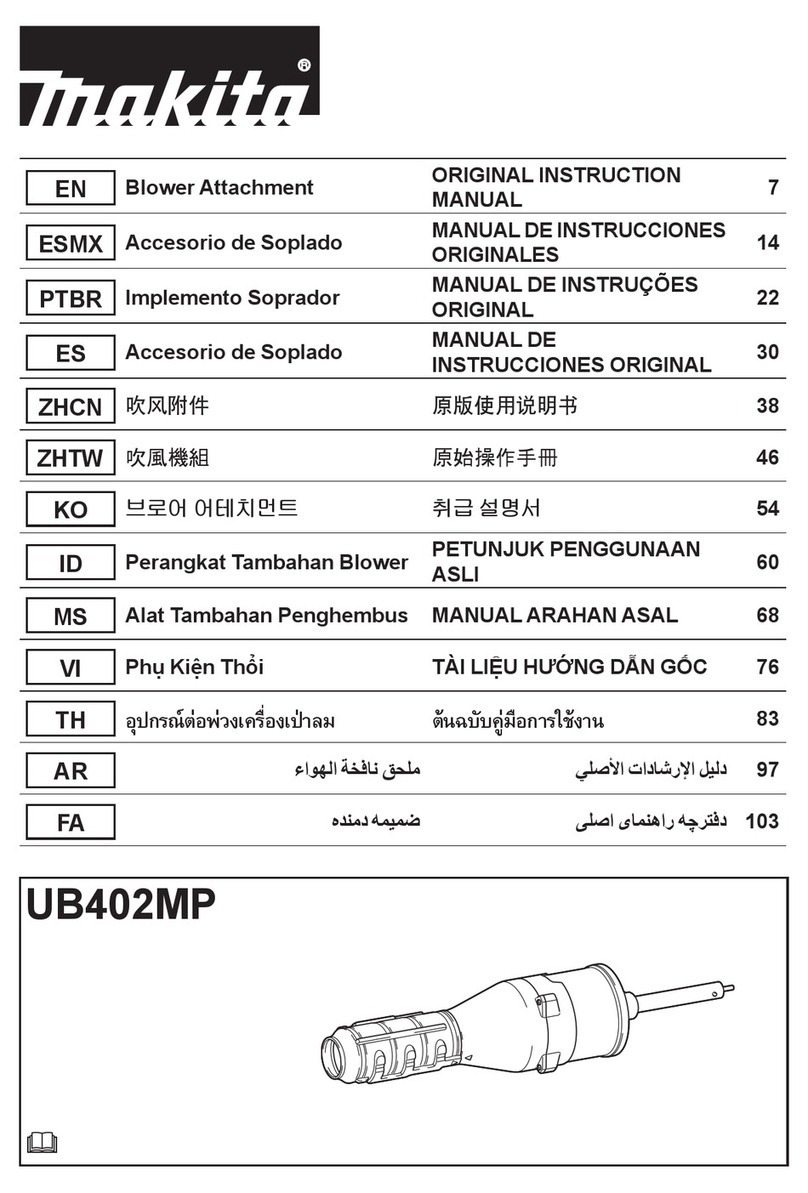Makita AS001G User manual
Other Makita Blower manuals

Makita
Makita DUB184 User manual
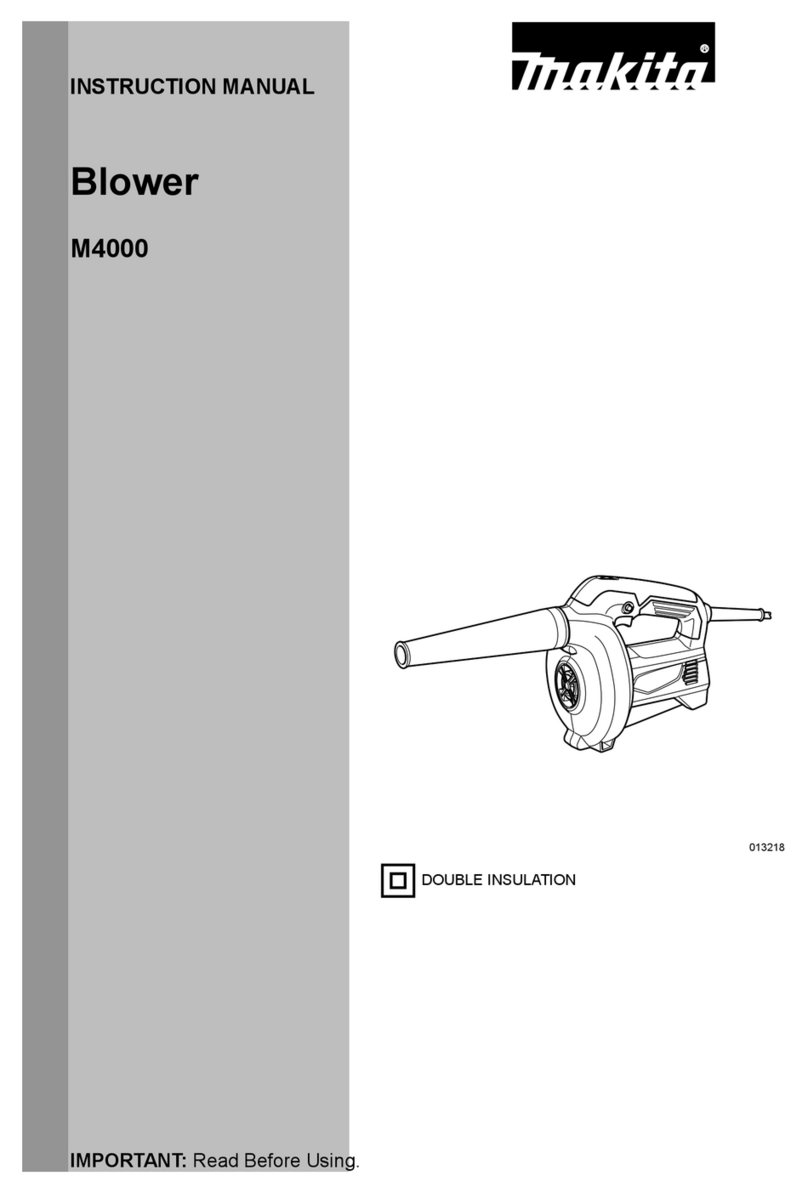
Makita
Makita M4000 User manual

Makita
Makita DUB184Z User manual
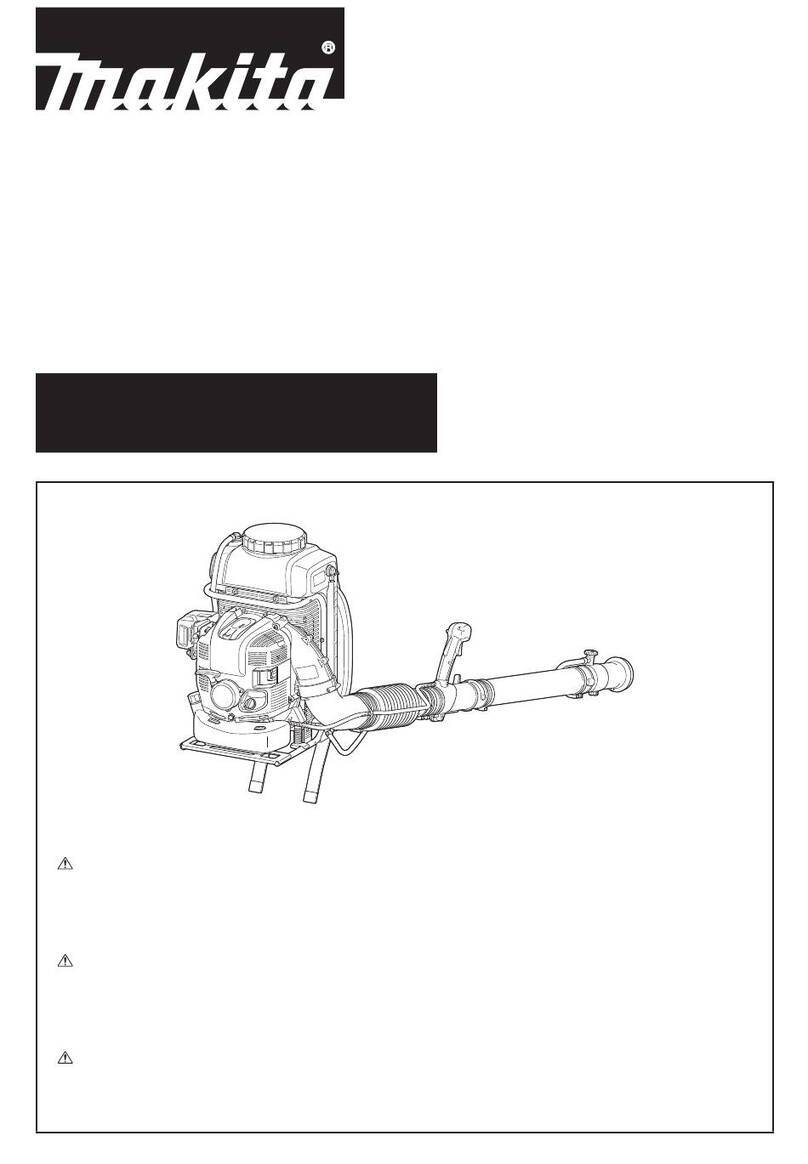
Makita
Makita PM7651H User guide
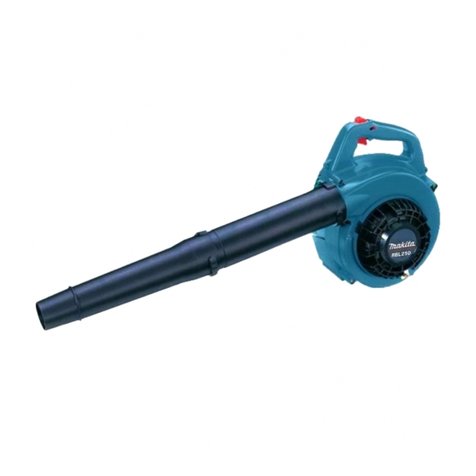
Makita
Makita RBL250 User guide

Makita
Makita UB001G User manual

Makita
Makita DUB362 User manual
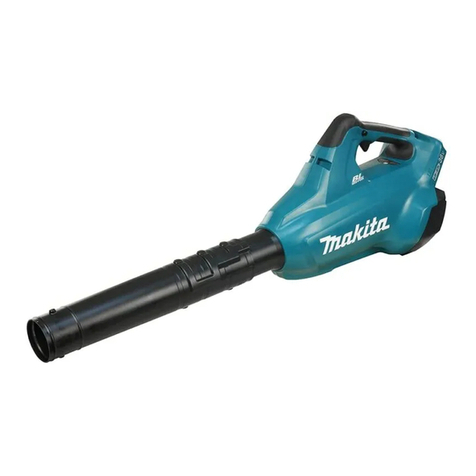
Makita
Makita XBU02 User manual
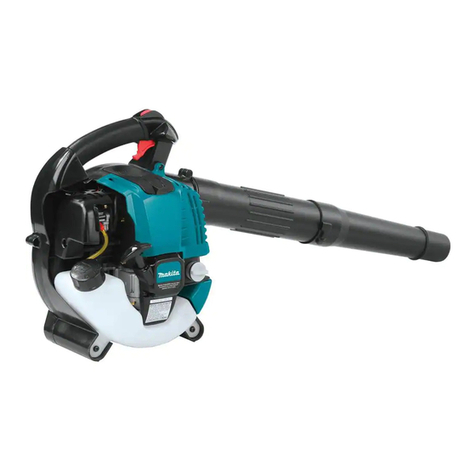
Makita
Makita BHX2500 User manual
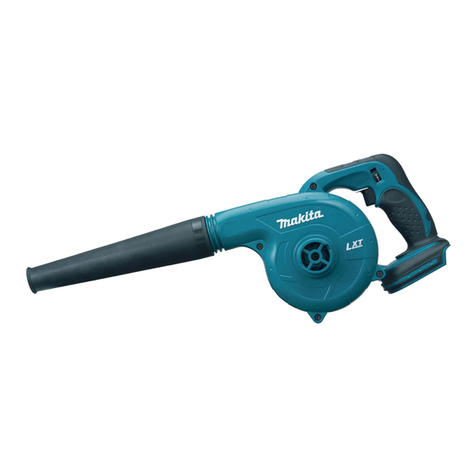
Makita
Makita DUB182Z-R User manual

Makita
Makita XBU02 User manual
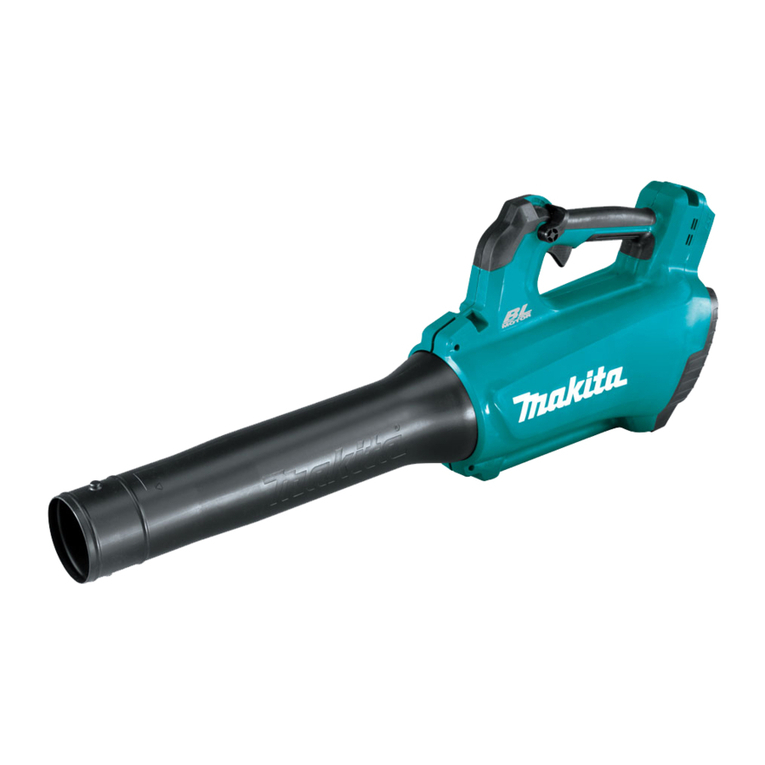
Makita
Makita DUB184 User manual
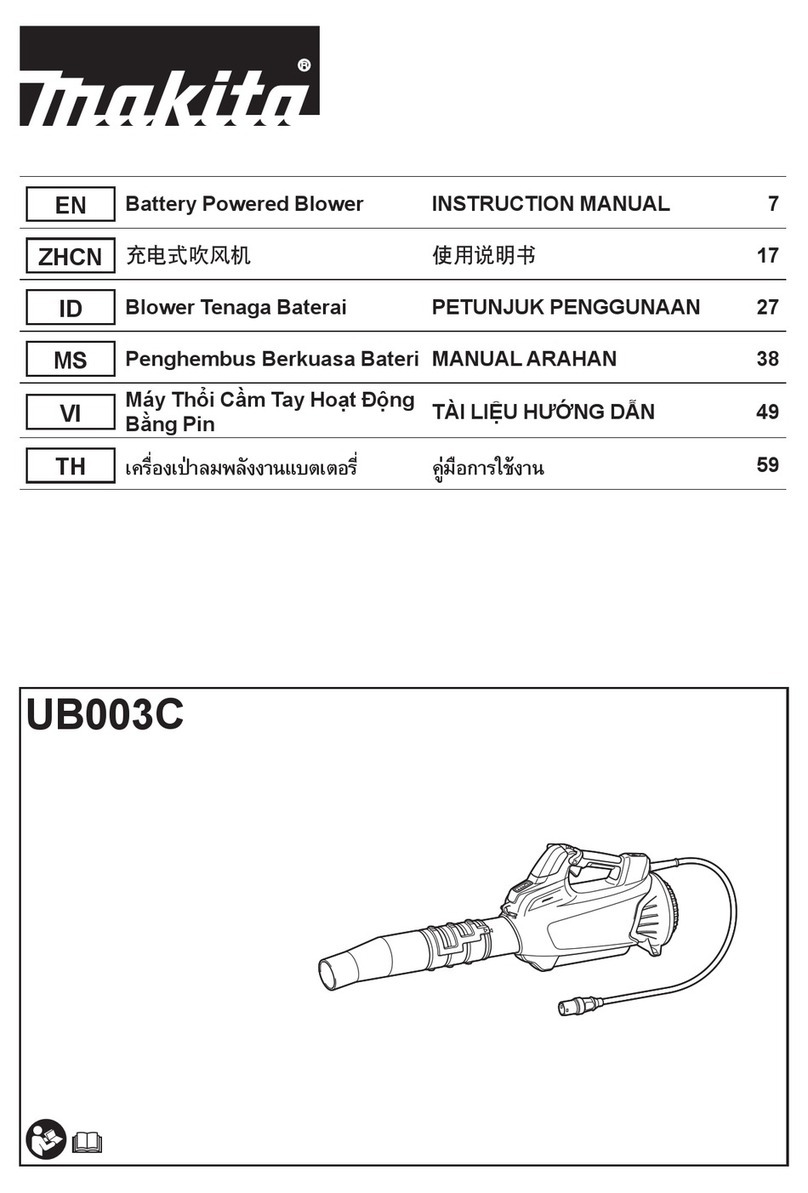
Makita
Makita UB003C User manual

Makita
Makita DUB187 User manual

Makita
Makita PM001G User manual

Makita
Makita M4000 User manual
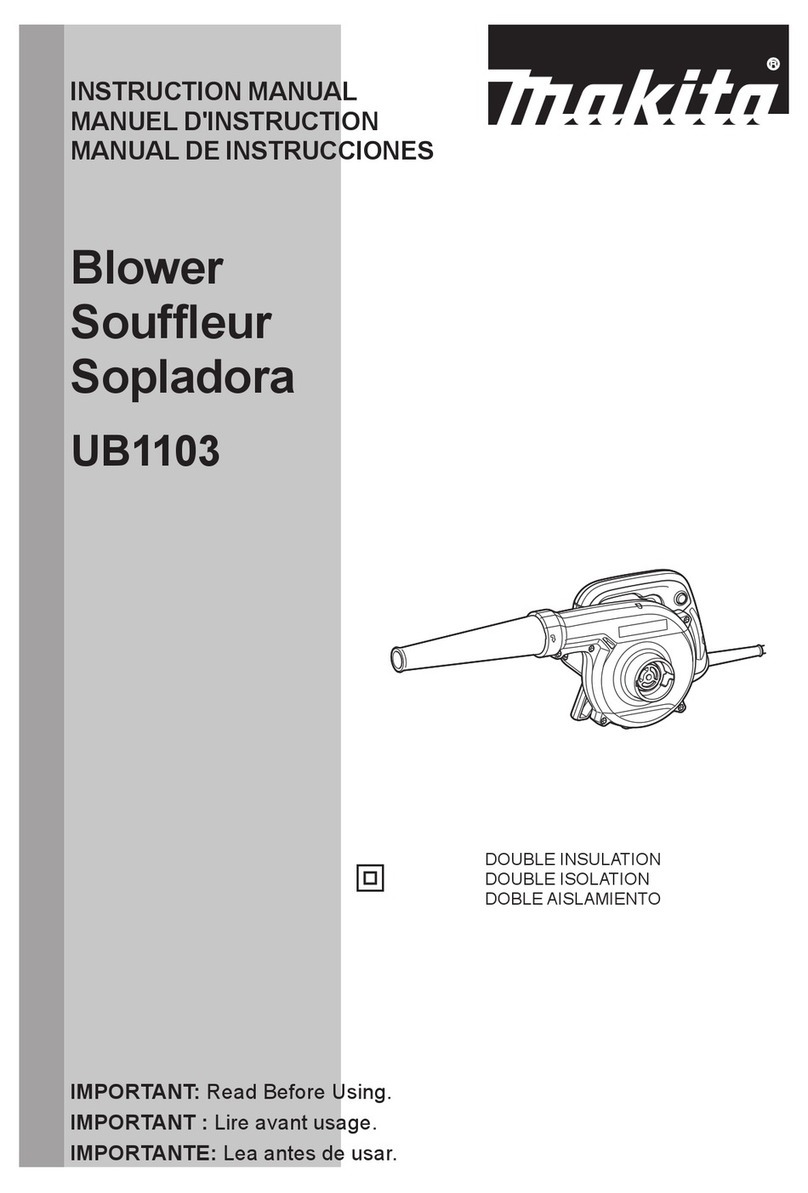
Makita
Makita UB1103 User manual
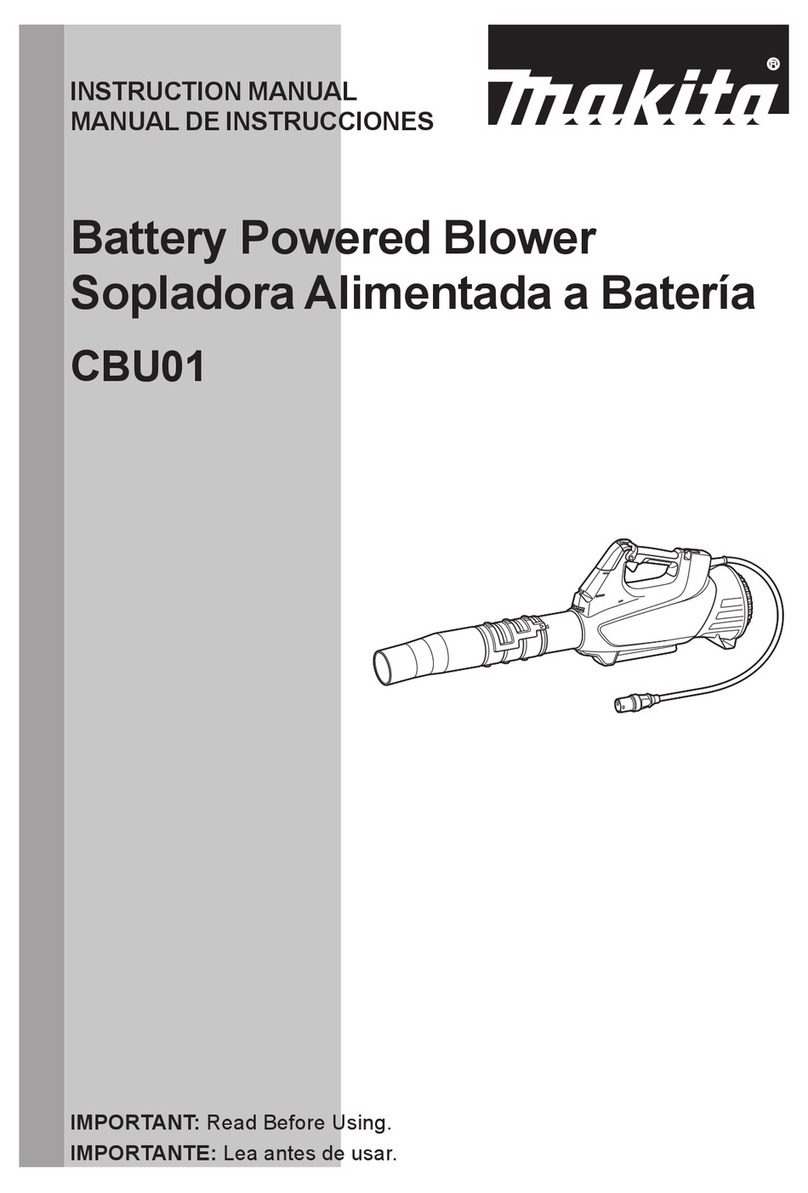
Makita
Makita CBU01 User manual

Makita
Makita UB0801 User guide
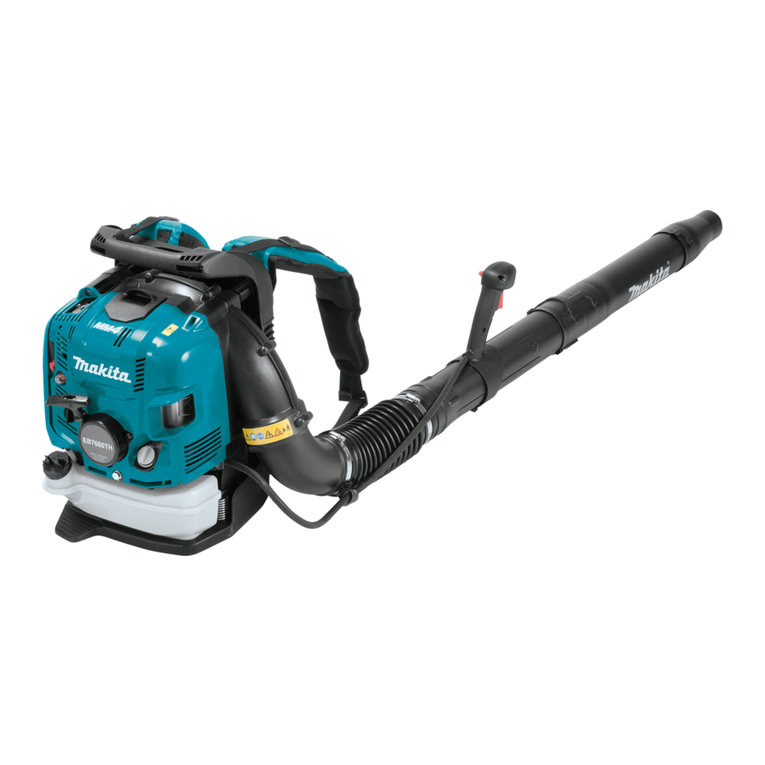
Makita
Makita EB7660TH User manual
Popular Blower manuals by other brands

Lithium Earthwise
Lithium Earthwise LB20024 Operator's manual

EINHELL
EINHELL GE-CL 36 Li E Original operating instructions

EINHELL
EINHELL VENTURRO 18/210 operating instructions

Troy-Bilt
Troy-Bilt 657 Operator's manual

Weed Eater
Weed Eater VS2000BV instruction manual

KRAUSMANN
KRAUSMANN U37020-00 Operation manual
